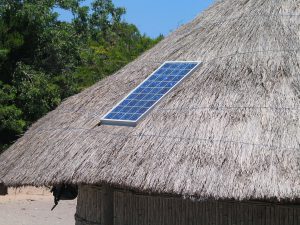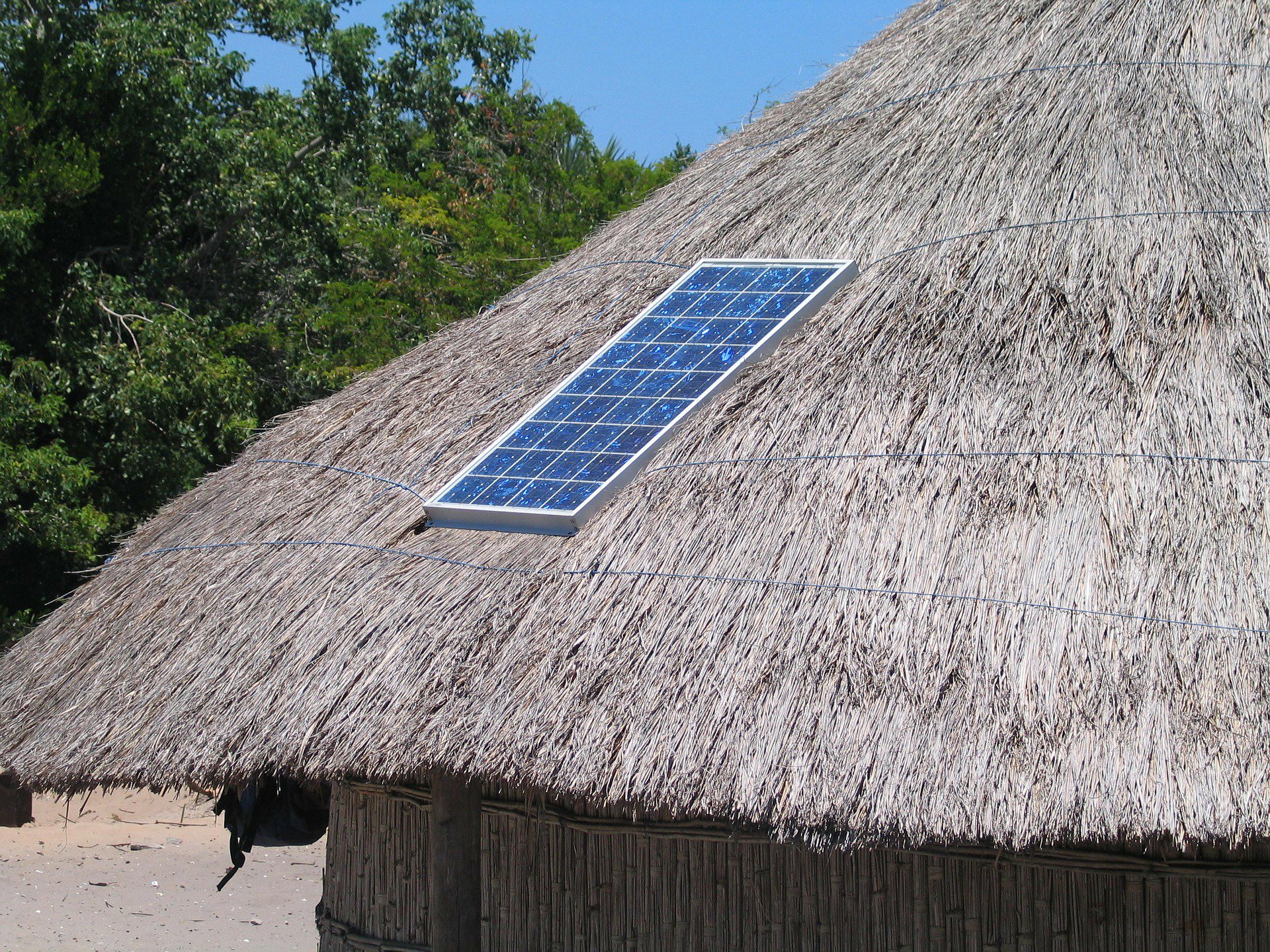You can hear—and smell—them everywhere you go in the world’s poorest countries.
Diesel-burning back-up generators wail through neighborhoods at all hours, cough noxious pollutants into the air, and account for a disproportionate amount of consumers’ spending on electricity. For decades, back-up generators have been the only real alternative to unreliable electric grids.
But what was once thought to be a temporary response to developing countries’ inadequate infrastructure has become a common feature of life in many parts of the world. Almost one billion people globally don’t have access to electricity and a billion more have only intermittent service from broken grids. As a result, many communities live almost entirely on dirty, noisy, dangerous, and expensive generators as their primary source of electricity.

The costs—to economic growth, the environment, and citizens’ health—are enormous. They are also increasingly unnecessary.
A new study by IFC, The dirty footprint of a broken grid: The impacts of fossil fuel generators, reveals for the first time the scope of the back-up generator footprint in regions with failed electric grids. The report shows the hidden costs of the global fuel-based generator fleet, and an opportunity to replace it with modern solar solutions.
The scale of generator usage is massive, and the global impact is staggering.
In the 167 developing countries studied by IFC, fuel-burning generators spread across 20 to 30 million individual sites have a total capacity of 350–500 gigawatts. That’s equivalent to 700 to 1,000 large coal-fired power plants. In western Africa alone, the electricity provided by back-up generators is equal to 40 percent of the electricity generated by the grid. In some countries, such as Nigeria, the installed capacity of generators is several times greater than grid capacity. One out of every five liters of diesel and gasoline in Sub-Saharan Africa is burned in a back-up generator.
…
It doesn’t have to be this way.
With rapid improvement in efficiency, performance, and pricing, today’s advanced solar and battery storage solutions offer a superior alternative.
Read more: Reuters




